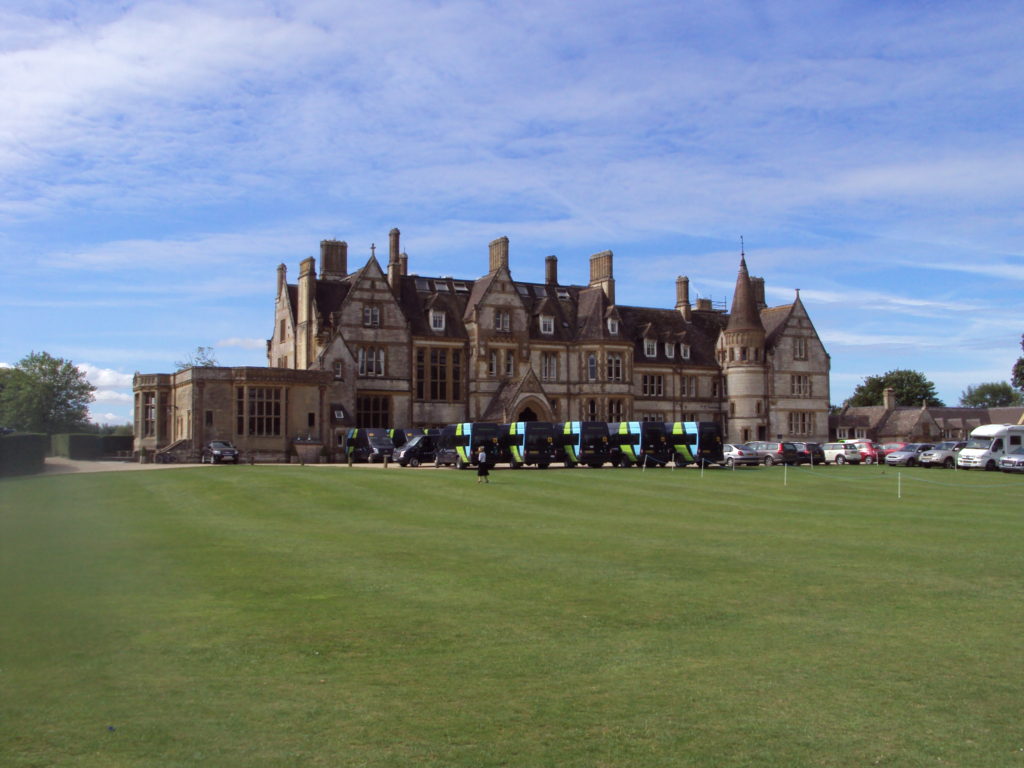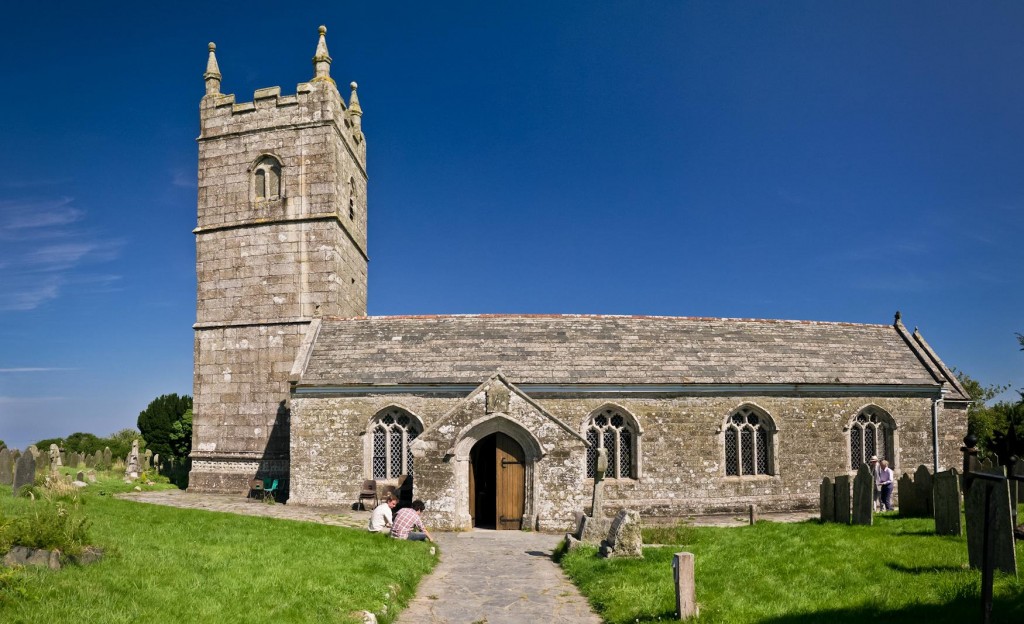
It is some months since I mentioned the organisation called Hillsong, a network of churches which began life in Sydney, Australia. The Hillsong group is notable for its huge wealth and apparent success in promoting a brand of charismatic Christianity across the world. It is now found in 30 countries and in 131 congregations. One key to its distinctiveness, wealth and appeal is the range of Hillsong worship songs composed within the organisation. These generate enormous sums of money in royalty payments. Their popularity fills venues wherever they are played. If we were looking for an example of a church which is successful in terms of gaining new adherents, appealing to the young and achieving financial affluence, we need look no further than Hillsong.
More recently, some of the shine has gone off the Hillsong brand and it has been in the news for the wrong reasons. Some of its youthful leaders have been removed after being accused of inappropriate relationships with young women in the congregation. There have also been allegations of money being used for illicit purposes. I do not intend to rehearse the details of these cases, as anyone interested can easily do a Google search for themselves. Neither do I wish to pontificate here on the age-old question on whether it is ever right to describe inappropriate relationships as ‘affairs’. Regardless of whether or not the erring leaders are married, relationships with members of a congregation inevitably involve a power differential that raises a variety of problematic issues.
We need to return to the question of what has made Hillsong so successful up till now? Is it that the group has found leaders with charismatic personalities who know how to create an experience of the numinous in a large crowd ? Is it just the quality and appeal of the music? Have they found a style of preaching that reaches the unspoken longings of their young congregations? It is likely a combination of all these things that successfully fill Hillsong venues around the world. Celebrity preachers, catchy music and large crowd experience will always appeal to a considerable section of the population. And yet there are problems. These problems are likely to be similar to those you can expect to find in any large organisation. The reports of bullying and sexual and financial misconduct that have started to swirl around Hillsong are completely unsurprising when you consider that many of the leaders are young and inexperienced in handling considerable power and responsibility. Behind the misuse and abuse of sex and money, I detect a failure of effective oversight by those at the top of this substantial organisation. Power, charisma and authoritative teaching are intoxicating but dangerous tools to put in the hands of these very young congregational leaders. Are we really surprised when such power is abused? The whole environment is a volatile mix, able to go wrong at any moment. These young male leaders (women do not have leadership roles in Hillsong) will frequently have their heads turned by this combination of wealth, the adoring presence of numerous young people, together with the ability to exercise real power over the body and souls of so many. Adoring acolytes may well be grateful for the scraps of attention coming from these leaders on stage. As far as the leaders are concerned, some may have been attracted to the role because it is a way of satisfying a narcissistic need to have their egos boosted and inflated. The opportunity to be at the centre and exercise this glamorous charismatic/celebrity role will certainly accomplish this. While we would not claim that every Hillsong leader has a narcissistic personality, we would suggest that the atmosphere in which they work is not psychologically a healthy one, particularly over a period of time. There are, in any Hillsong event, powerful currents of energy that operate in ways that are quite likely to become addictive and unhealthily gratifying to the leaders and the led. When the literature on narcissism speaks about narcissistic feeding, it is normally describing what is going on in a one-to-one relationship. One side is boosting the sense of importance of the narcissist through constant flattery and attention. The narcissistic feeding that takes place in a crowd setting is of a different order. Standing on a stage as the visible focus of a crowd’s search for God, the worship leader may have an intoxicating experience of being fed narcissistically and in the process enjoying a sensation of raw power. In a previous post I have described what I call situational narcissism. This is when an event or a situation satisfies the need and longing in an individual for grandiosity, self-inflation and messianism. All these are typical objects of longing and hunger which are felt by the narcissist and which he is constantly seeking to assuage. What may begin as a pleasurable experience of high self-esteem, may eventually become an addictive need. This is so damaging to those who are drawn in to become in various victims of the one with an insatiable narcissistic appetite.
An interesting article, written by Elle Hardy, appeared a week or so ago in the Guardian newspaper . She has been studying Hillsong and its franchised congregations for some years. She makes a number of very interesting observations. Like me she finds the advent of scandal in these circles unsurprising in view of the age and immaturity of many of the leaders. She goes on to make a further observation which is interesting. If churches like Hillsong were to adopt stricter forms of safeguarding practice, this would have the effect of dampening the spontaneity on which the church depends for much of its character and success. In other words, it is these personal displays of spontaneous charisma displayed by the leaders that creates the buzz and the fireworks. These are all part of the Hillsong experience. The Hillsong authorities have a difficult decision to make. Do you let charisma with the attendant anarchy built into it have free reign, or do you impose regulations that ensure the churches are less spontaneous in order to provide a greater sense of order and safety?
Hillsong in 2021 feels a little bit like a domestic animal which has become difficult to control. The culture, charisma, power and wealth of the organisation have been welded together to create a chaotic mix. In that scenario, there is always the potential for things to go seriously wrong Are we, in other words, really surprised at what is going on?
The current misfortunes of the Hillsong franchise are issues being experienced by similar groups across the world. More and more people are becoming aware that youth, charisma, sexuality and narcissism are combining together in a way that makes some kinds of church experience unsafe. As a Church, we still lack that ability to discern what may be really going on in some ‘successful’ churches. Because we do not really understand the power dynamics of charismatic congregations when things are outwardly going well, do we have any chance of analysing what is going on when things suddenly turn sour, and people are hurt? Some of us are still processing the events at Emmanuel Wimbledon where a ministry of 30 years is now seen to have allowed a variety of manipulative/abusive practices to take hold. We also had a dress-rehearsal for Jonathan Fletcher in the Nine O’Clock Service in Sheffield 25 years ago. As I have often said in this blog, we need to have a far better understanding of the dynamics of large groups and the way that people with abusive personalities can hide unchallenged in plain sight. The Smyth drama uncovered by Andrew Graystone in his book revealed, among many other things, an obscene and blind loyalty to institutions and the church leaders. This further harmed the abused and the weak.
The title of a book by David Shepherd in the 80s and used by many others since as a slogan, is Bias to the Poor. That is a phrase that could well be recommended to be followed by the entire Church in its need to re-examine its attitude to the meaning of success within the institution. Hitherto we have got used to praising and lionising big, wealthy and successful churches. These are the ones that appear to be delivering what is required in terms of success and increased membership. To misquote another book title, large does not mean beautiful. Far too often, the large church, in terms of numbers, is a place where leadership is corrupted, the weak are bullied and abused and evil is allowed to find a home. Hillsong is a warning for our times. The big flashy congregations, with celebrity leaders who are larger than life, are places of danger. Far too many, both leaders and led, become addicted to forms of worship and church life which pander more to narcissistic need rather than to an opening up the glory and truth of God. When there is any kind of addiction in church life, critical thinking goes out of the window. What is left is the roar of the crowd baying to be gratified by instant stimulation, alongside the complete absence of silence and reflection.






